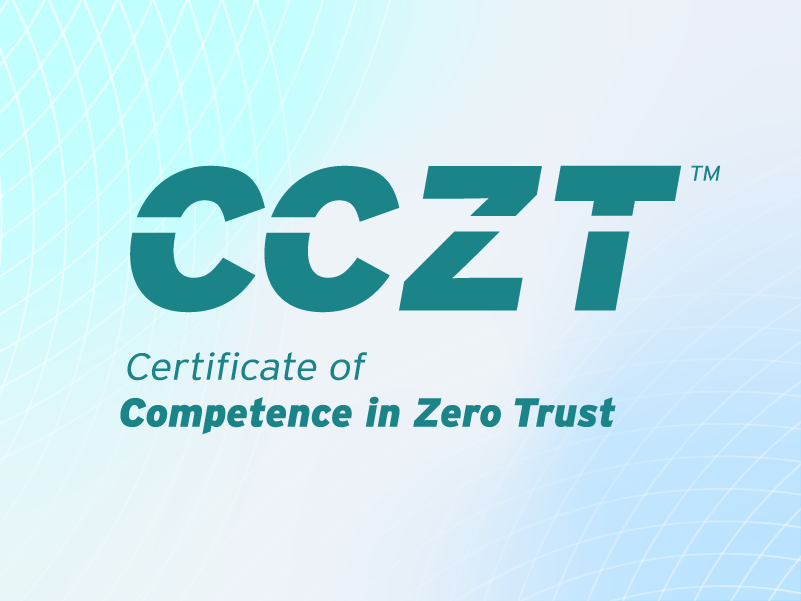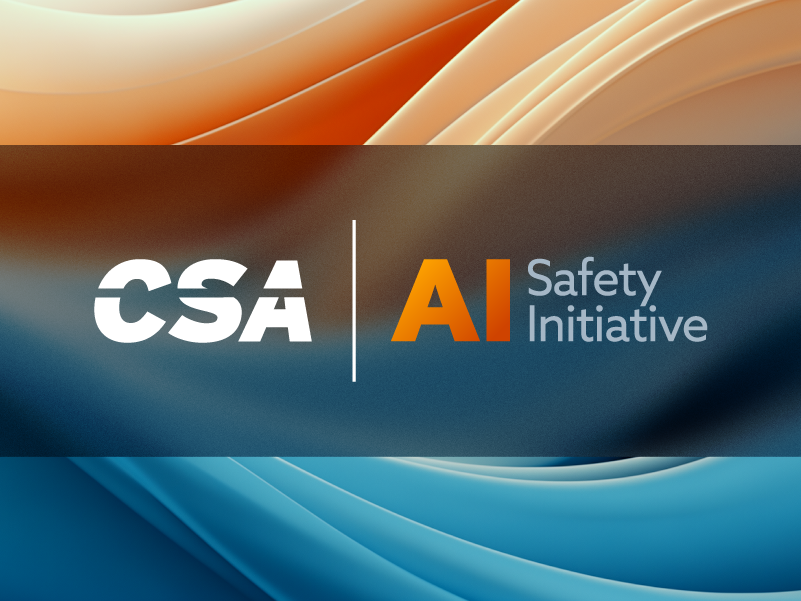How is AI Strengthening Zero Trust?
Published 02/27/2025
Written by Aparna Achanta, Principal Security Architect, IBM.
Introduction
The cybersecurity landscape is changing rapidly, given the ever-evolving nature of cyber threats. The increased adoption of artificial intelligence (AI) for the design and launch of cyberattacks has made discovering, preventing, and mitigating cyber threats through traditional security tools like firewalls much more complex. In the wake of this challenge, many organizations have adopted stronger security strategies like the zero-trust security architecture.
A zero-trust security solution is based on no inherent trust and considers all users and devices as potential security threats. Zero-trust security requires ongoing verification and applies strict access controls to provide access to resources. Zero Trust ensures all entities linking into the networks of organizations need to be verified continually, and the use of AI reinforces this paradigm by providing advanced tools that aid in defending against novel security threats.
AI and machine learning tools can make zero-trust security architectures stronger and more resilient. Combining zero-trust security and AI is not only a novel approach for enterprises to improve their security posture, but it is also critical.
AI and Zero Trust are Better Together
Organizations need to outline concrete steps towards integrating Zero Trust with the use of complex AI tools and technologies that can promptly recognize and tackle potential security hazards. Below are a few advantages of integrating AI with Zero Trust principles:
1. Automated Processes for Responding to and Mitigating Threats:
AI plays a critical role in automating responses when threats are detected. These responses involve immediately separating the breached devices, suspending access rights, and transparently triggering incident response processes. Integrating incident response playbooks through AI allows organizations to rapidly find and turn off threats, a core capability of Zero Trust architecture.
2. Access Controls that Adapt to the Threat Environment:
AI-driven access control systems can dynamically set each user's access level through risk assessment in real-time. AI helps enable the data-driven context by combining geographical context, the device's security level, and behavioral patterns through the convergence of all the variables. AI can also be leveraged to provide Just in Time (JIT) and Just enough Access (JEA) to users. This flexible methodology reduces the protect surfaces and enforces the core Zero Trust concept of least privilege, thus granting each person the minimum access required for their given job.
3. Analyzing Behaviors to Detect Anomalies:
Behavioral analytics uses AI to exhaustively analyze network and user activities to determine the baseline for normal behavior. This continuous monitoring is carefully set up to find anomalies and potential dangers and continuously changes to recognize suspicious patterns. For greater security against unauthorized access and breached accounts, AI enforces the core axioms of Zero Trust security.
How Does AI Strengthen Zero-Trust Security?
Security firms are integrating AI in all their solutions to counter the adversarial use of the same technologies in malware development, phishing methods, and other attacks.
- AI strengthens zero-trust security principles by automating processes with greater accuracy and speed than humans. In turn, this improves the speed at which an organization can detect malicious applications, anomalous user actions, and unauthorized access to sensitive information. AI enables continuous verification of entities with access to the network, providing deep, real-time insights based on the analyzed security data and speeding up learning to adapt to new threats, among others.
- Integrating AI in Zero Trust security architectures is essential since attackers use AI tools to create malware that bypass conventional security systems. For instance, AI-powered phishing attacks often precede a breach and may fool a Zero rust system. Combining AI with Zero Trust frameworks ensures such attempts are detected and shut down.
- Every user and device are considered untrusted until verified in a Zero Trust framework. AI bolsters this approach by facilitating real-time threat identification. Organizations can continuously evaluate the security posture of users, devices, and applications using AI-driven monitoring tools. When unusual activity arises—such as an unexpected surge in network traffic or an unauthorized attempt to access sensitive data—AI swiftly detects the threat and initiates an automatic countermeasure, such as restricting user access or isolating the affected device. By analyzing vast amounts of data instantly, AI enables organizations to proactively counter threats, preventing security risks from escalating into serious ones.
Adopting Predictive AI in Zero Trust Security Strategy
Predictive AI is set to transform how organizations design Zero Trust frameworks. Achieving complete visibility into devices, users, networks, security postures, data, and systems is critical for businesses striving to strengthen their cybersecurity defenses.
AI-powered tools continuously monitor who interacts with critical resources, detecting unusual behavior before cyber threats emerge—such as unauthorized users getting escalated privileges.
Additionally, predictive AI can analyze backup data to identify connections between suspicious activities across different systems and user interfaces.
Predictive AI reinforces Zero Trust principles, enhances real-time threat detection, and improves data security, backup, and recovery processes. Ultimately, this technological evolution empowers organizations to safeguard operations against evolving cyber threats while enhancing overall efficiency and service delivery.
Conclusion
Modern cyber threats call for a paradigm change in how security is addressed, making Zero Trust a necessity instead of a choice. To implement a Zero Trust architecture successfully, the organization must start with thorough security audits to discover vulnerabilities and learn about the role of AI in supporting enforcement. AI-powered solutions like SIEM, UEBA, and automated response capabilities strengthen Zero Trust with real-time threat analysis, continuous authentication, and robust access management. Regular training of AI models with current threat intelligence also helps Zero Trust policies remain strong to combat emerging cybersecurity threats. Continuous analysis, security awareness training, and responsible implementation of AI tools allow the organization to maintain a dynamic and strong Zero Trust environment that can combat the sophistication of modern cybersecurity threats.
About the Author
Aparna Achanta is a seasoned Security Architect and Leader at IBM Consulting with extensive experience driving mission-critical cybersecurity initiatives, particularly in federal agencies. Aparna specializes in securing Emerging technologies in federal agencies, including low-code, No-Code applications, and Generative AI applications. Aparna is a member of the Forbes Technology Council and a passionate advocate for women in tech, Aparna is a founding member and speaker at the WomenTech Network and executive board member at Women in Cybersecurity (WiCyS) Austin Chapter. Aparna was named to the list of 40 Under 40 in Cybersecurity by TopCyber News Magazine for her contributions to the cybersecurity community.
Related Resources



Unlock Cloud Security Insights
Subscribe to our newsletter for the latest expert trends and updates
Related Articles:
Micro-Segment the Metal: A Zero Trust Field Guide for Physical Hosts
Published: 12/12/2025
The Ghost in the Machine is a Compulsive Liar
Published: 12/12/2025
The CSA Triangle Chapter’s Year of Momentum: 2025 Highlights
Published: 12/11/2025
Why Your Copilot Needs a Security Co-Pilot: Enhancing GenAI with Deterministic Fixes
Published: 12/10/2025


.png)
.jpeg)
.jpeg)
.jpeg)
.jpeg)